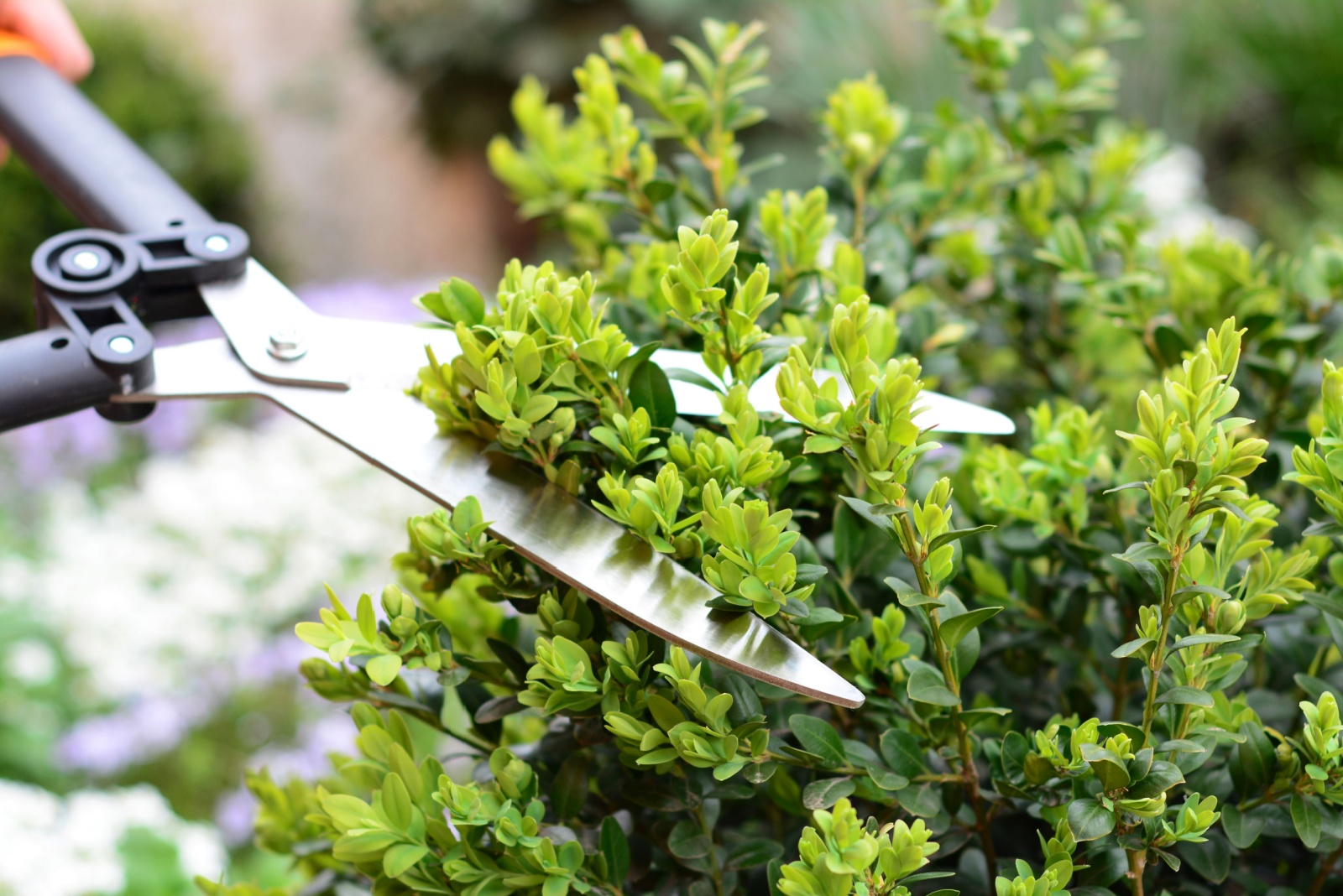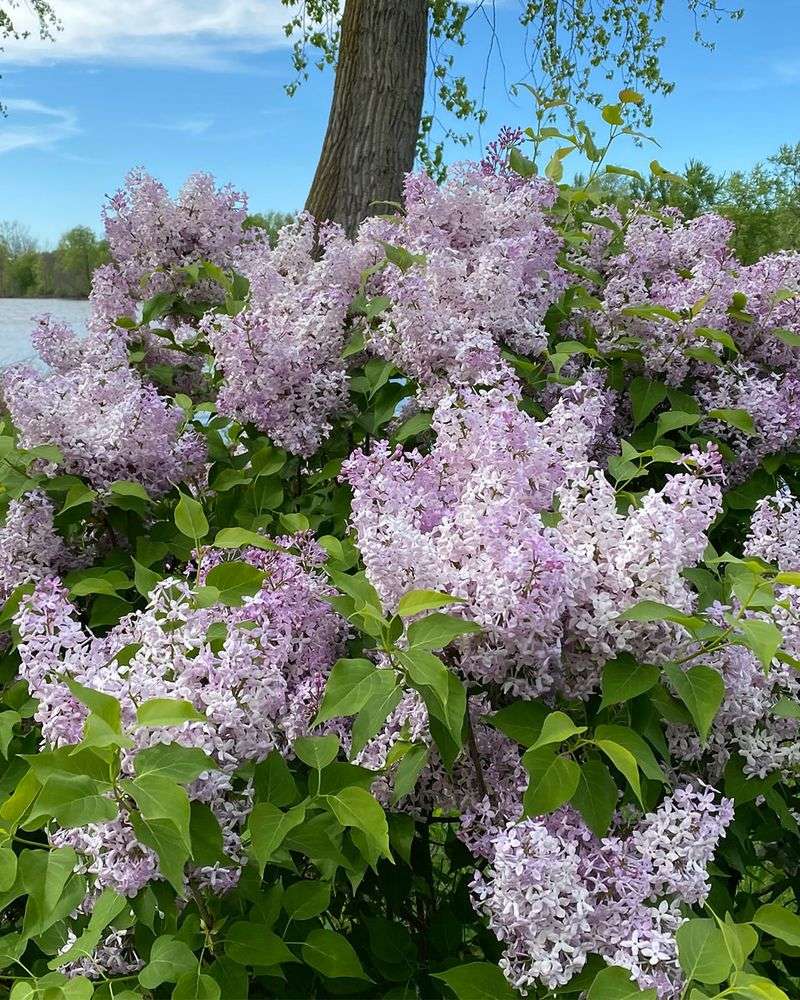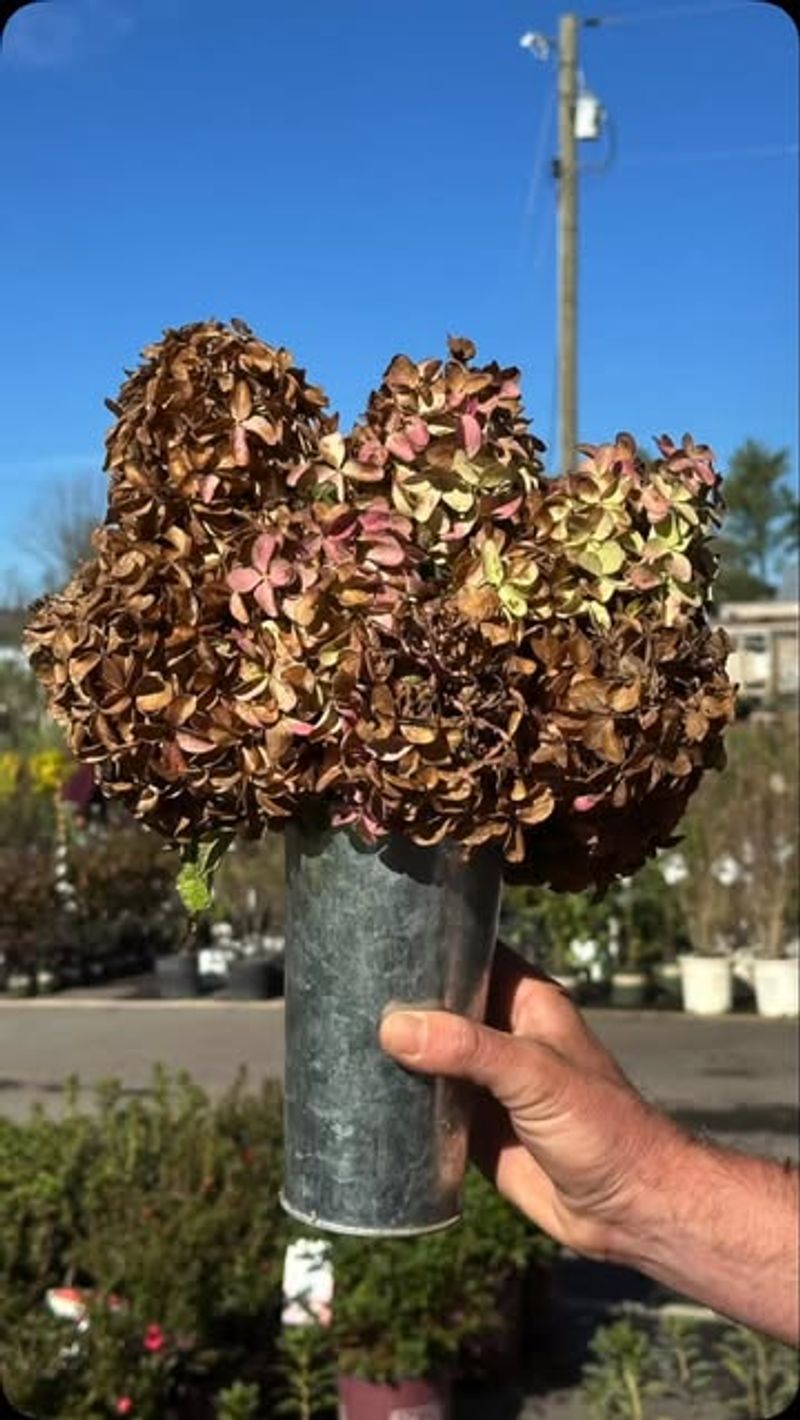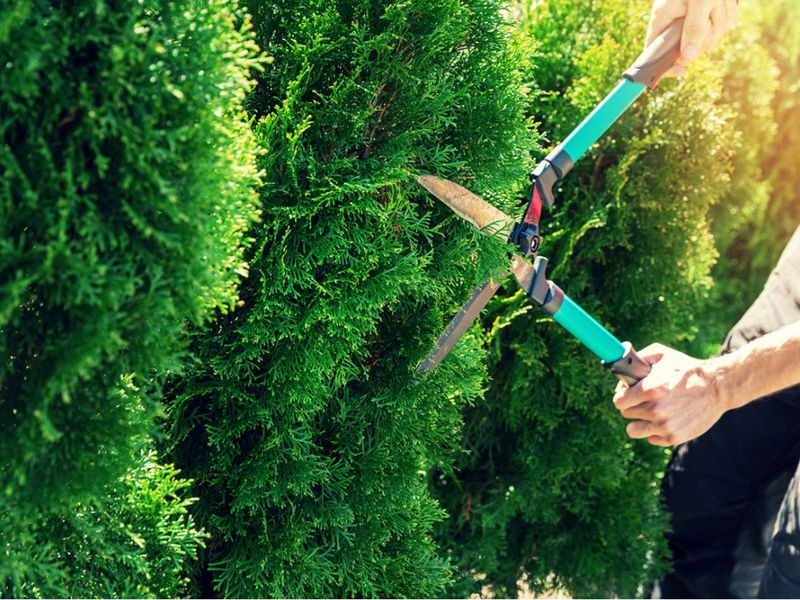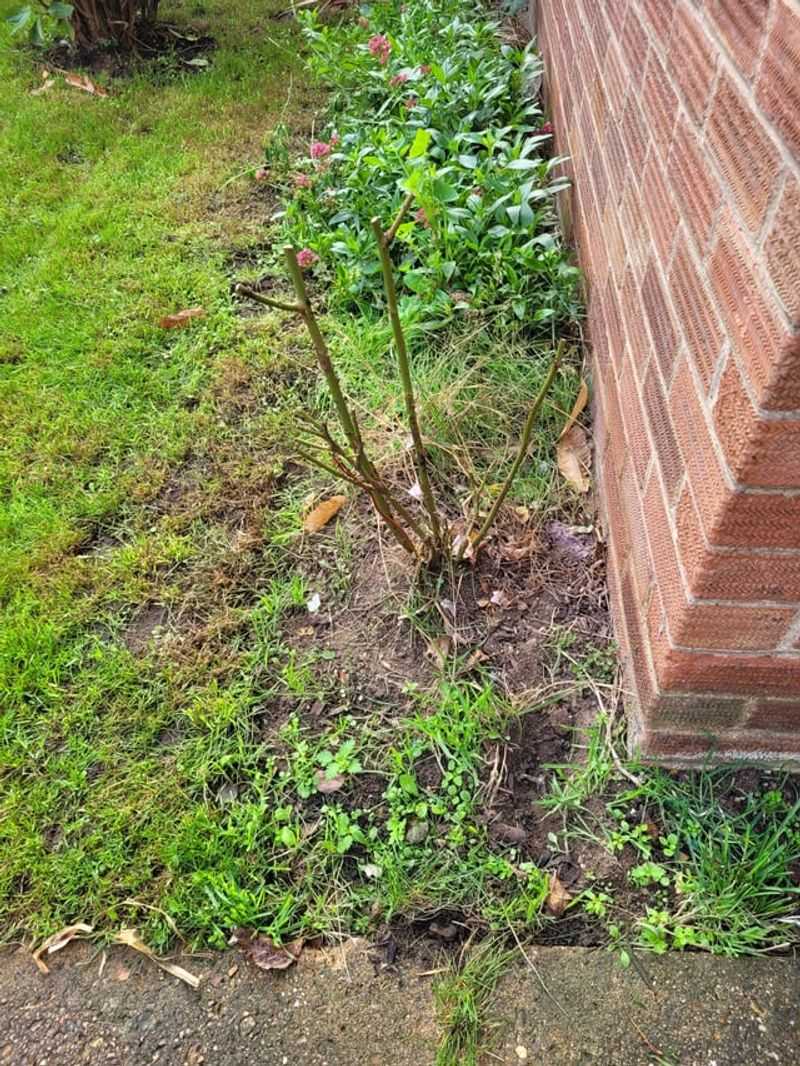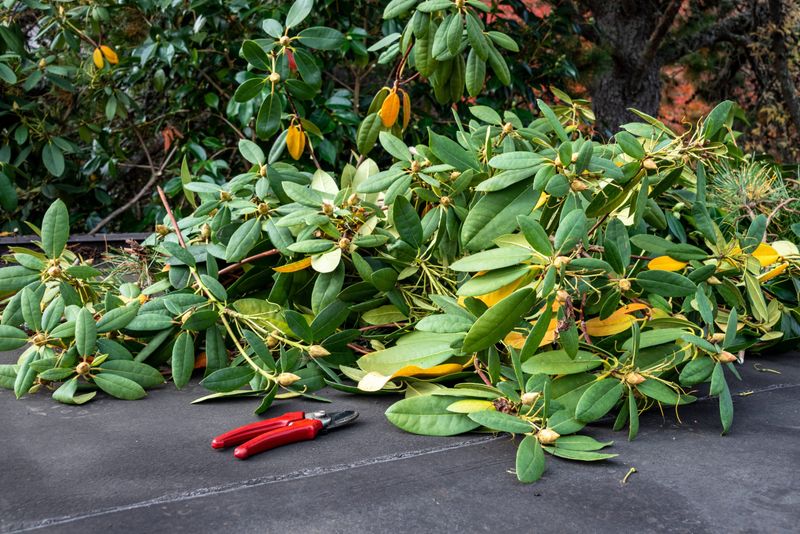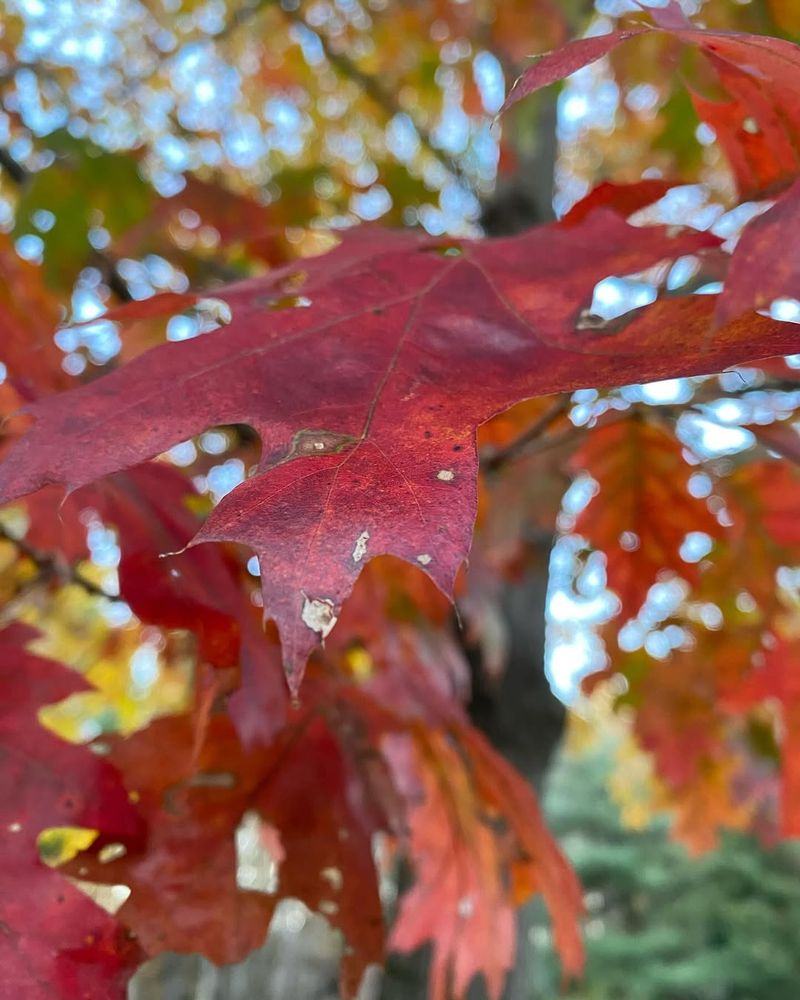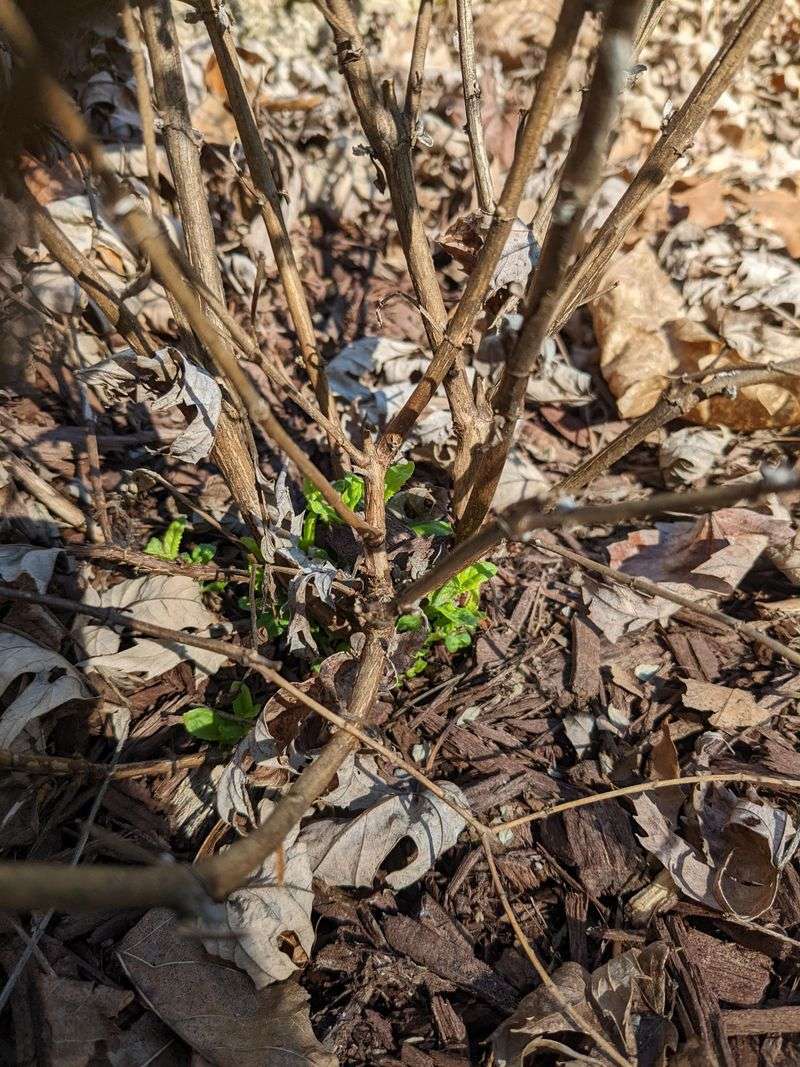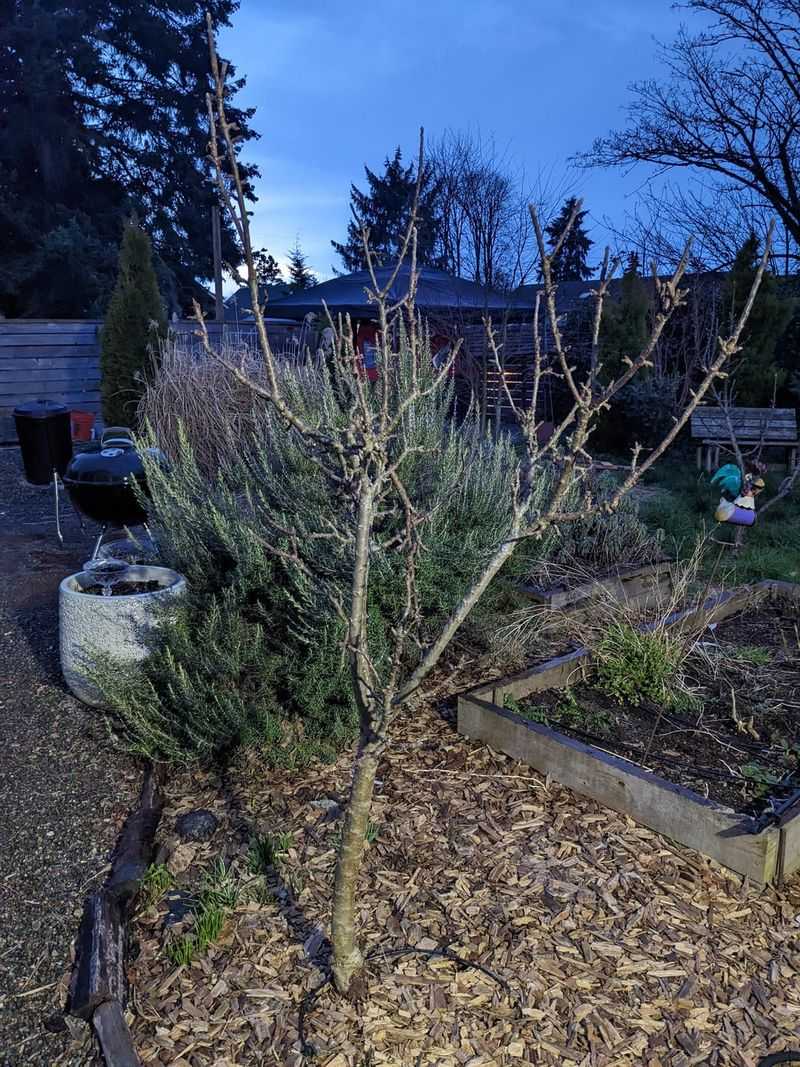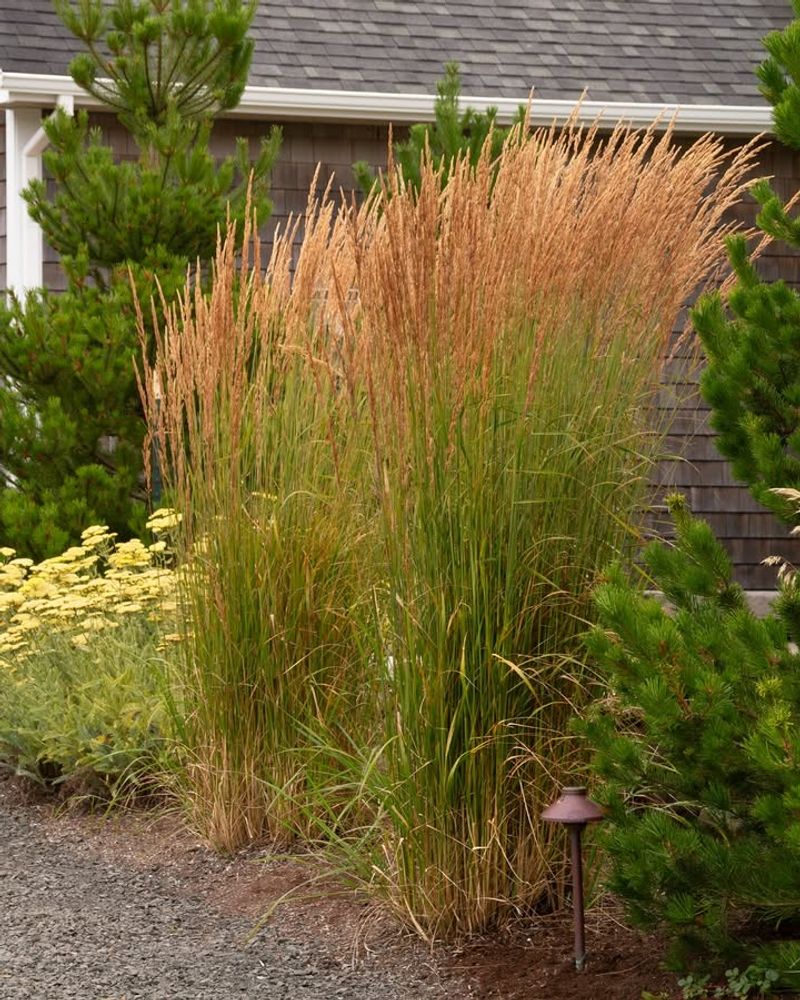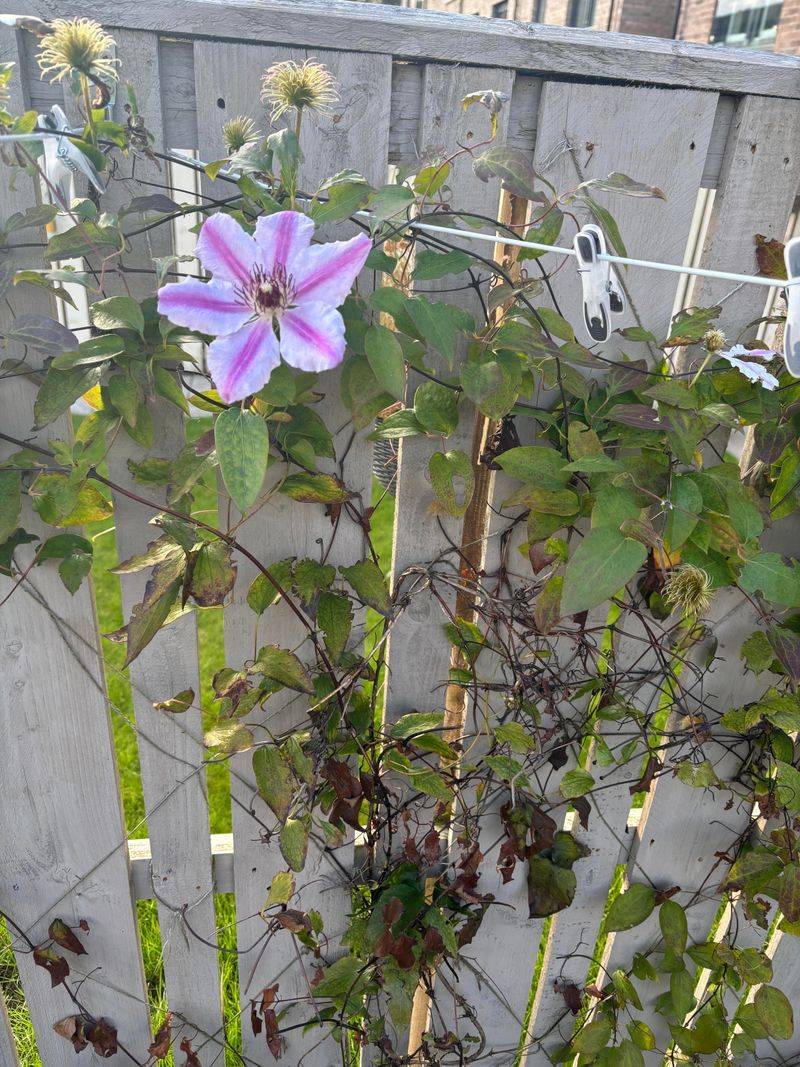Fall in Missouri brings cooler weather and beautiful foliage, making it tempting to grab your pruning shears and get to work. However, some common pruning practices might actually harm your plants instead of helping them.
Understanding which habits to avoid can save your garden from unnecessary stress and keep your plants thriving through winter and into spring.
1. Cutting Back Spring-Blooming Shrubs
Many gardeners trim their forsythia, lilac, and azalea bushes in autumn, thinking they’re helping the plants prepare for winter. Unfortunately, this removes next spring’s flower buds that have already formed.
Spring bloomers set their buds during late summer and early fall. When you cut them back now, you’re eliminating months of preparation.
Wait until right after they finish flowering in spring to prune these beauties. Your patience will reward you with stunning blooms come March and April.
2. Trimming Hydrangeas Too Early
Those dried hydrangea blooms might look messy, but they actually serve an important purpose through winter. The old flower heads protect tender buds underneath from harsh Missouri freezes and ice storms.
Cutting them off in fall exposes delicate growth points to damaging cold snaps. Different hydrangea varieties also have different pruning needs, making fall trimming risky.
Leave those brown blooms alone until late winter or early spring. They add winter interest while safeguarding your plant’s future flowers.
3. Over-Pruning Evergreens Before Winter
Evergreens like arborvitae, junipers, and pines need their foliage to survive winter’s challenges. Heavy pruning in fall removes the very branches that help them withstand snow, ice, and freezing winds.
Fresh cuts also struggle to heal properly as temperatures drop and growth slows down. This leaves wounds vulnerable to disease and pest problems throughout the cold months.
Limit evergreen pruning to removing dead or damaged branches only. Save major shaping projects for late winter when plants can recover more quickly.
4. Shaping Roses Too Aggressively
Giving roses a major haircut in autumn seems logical, but it actually encourages tender new growth that won’t survive the first hard freeze. Missouri’s unpredictable fall weather makes this especially problematic.
Aggressive pruning also removes the plant’s natural cold protection and can lead to winter damage or die-back. Your roses need their canes to help them survive until spring.
Instead, just remove dead flowers and trim back extra-long canes slightly. Save proper pruning for early spring when danger of frost has passed.
5. Removing All Perennial Stems And Foliage
A tidy garden looks nice, but cutting every perennial down to the ground eliminates valuable wildlife habitat and winter protection. Birds rely on seed heads from coneflowers, black-eyed Susans, and ornamental grasses for food during lean months.
Standing stems also insulate plant crowns from temperature swings and collect snow for moisture. Many beneficial insects overwinter in hollow stems too.
Leave most perennials standing until late winter or early spring. Your garden will support local wildlife while protecting itself naturally through the cold season.
6. Pruning Oak Trees During Fall Months
Oak wilt disease spreads rapidly through fresh pruning wounds, and the beetles that carry this deadly fungus are most active during warm fall days. One careless cut could doom an otherwise healthy oak tree.
Missouri has lost countless oaks to this devastating disease, making timing absolutely critical. Even small wounds can allow infection to enter and spread throughout the entire tree.
Wait until deep winter, ideally January or February, when beetles are dormant. Emergency situations aside, protecting your oaks from disease outweighs any desire for fall trimming.
7. Cutting Back Butterfly Bush Completely
Butterfly bushes often get chopped to the ground in fall cleanup frenzies, but this leaves roots exposed and vulnerable to winter cold damage. While these shrubs are tough, extreme Missouri temperature swings can stress recently pruned plants.
Leaving some height provides insulation for the root zone and helps mark the plant’s location under snow. The dried seed heads also feed birds searching for winter sustenance.
Cut stems back to about two feet tall in fall, then finish pruning down in early spring when growth begins.
8. Trimming Fruit Trees Too Late In Season
Fall pruning stimulates fruit trees to push out new growth that won’t have time to harden off before winter arrives. Missouri’s first freeze will kill this tender growth, wasting the tree’s valuable energy reserves.
Open wounds also heal slowly in cool weather, inviting disease organisms and creating entry points for boring insects. Your trees need to focus on dormancy, not healing cuts.
Plan fruit tree pruning for late winter when trees are fully dormant but spring isn’t far away. This timing promotes healthy growth and abundant fruit production.
9. Shearing Ornamental Grasses In Autumn
Those graceful ornamental grasses provide some of fall’s most beautiful garden moments, yet many people cut them down prematurely. The dried foliage actually insulates the plant’s crown from freezing and thawing cycles that can heave roots out of the ground.
Standing grasses also create stunning winter interest, catching snow and frost while dancing in cold breezes. They shelter small birds and beneficial insects seeking refuge.
Tie them loosely if needed, but leave grasses standing until late winter or early spring for best plant health and visual appeal.
10. Heavy Pruning Of Clematis Vines
Clematis varieties have wildly different pruning requirements, and cutting the wrong type at the wrong time means sacrificing an entire season of blooms. Some clematis flower on old wood formed the previous year, while others bloom on new growth.
Fall pruning without knowing your specific variety is basically gambling with your spring flower show. Missouri gardeners often make this mistake and wonder why their vines won’t bloom.
Research your clematis type first, then prune accordingly. When in doubt, skip fall pruning and wait until you can identify it properly in spring.

